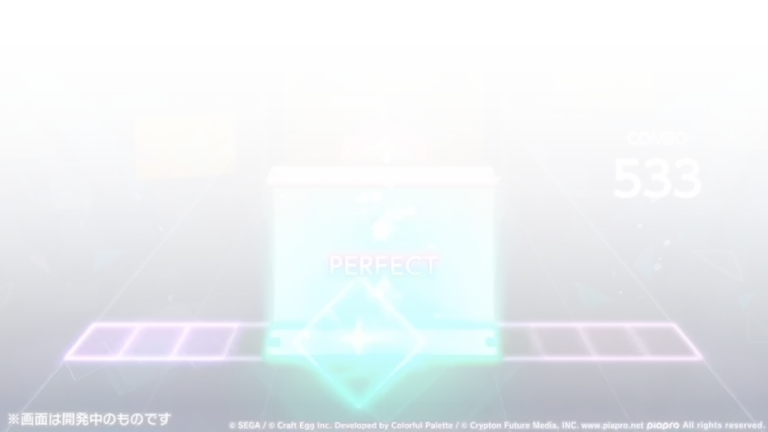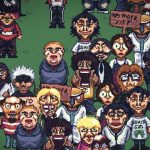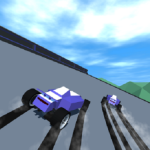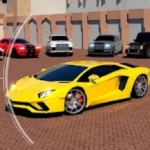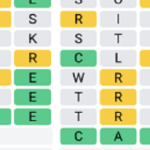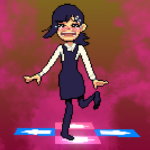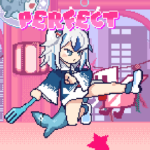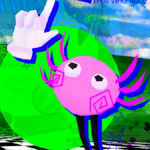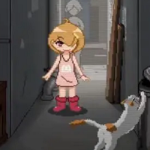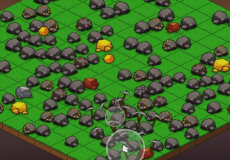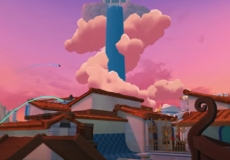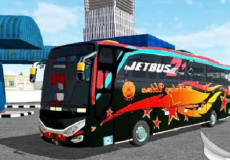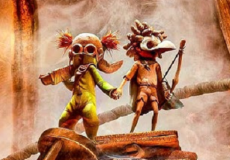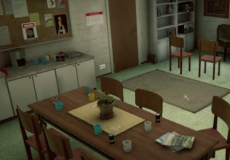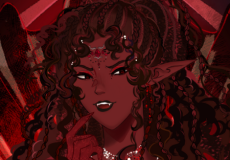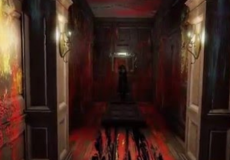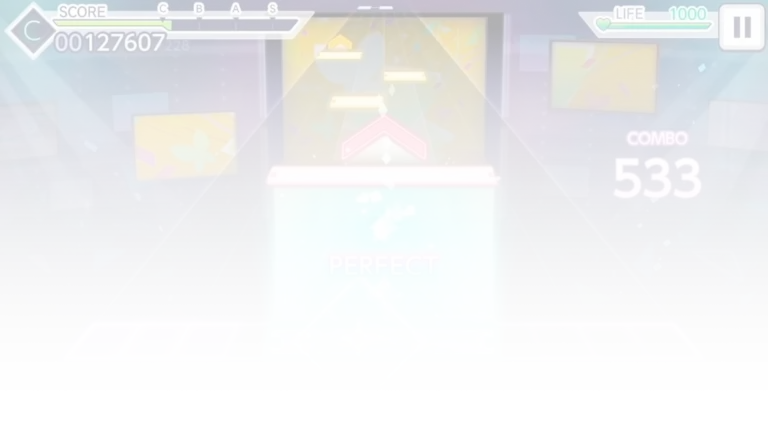
Still Residue
Advertisement
In Still Residue, you take the role of someone recently fired, desperate to pay rent, who ends up accepting cleaning jobs from unknown clients. The task seems ordinary—clean up spaces and move on. But as you step into each apartment, office, or basement, you begin to notice inconsistencies: lights that flicker for no reason, personal items left in odd places, doors that were once locked but now open. You’re not just erasing dirt—you’re removing traces of something deeper.
Advertisement
Similiar games
In Still Residue, you take the role of someone recently fired, desperate to pay rent, who ends up accepting cleaning jobs from unknown clients. The task seems ordinary—clean up spaces and move on. But as you step into each apartment, office, or basement, you begin to notice inconsistencies: lights that flicker for no reason, personal items left in odd places, doors that were once locked but now open. You’re not just erasing dirt—you’re removing traces of something deeper.
Tools and Observation
The gameplay revolves around using cleaning tools like mops, sponges, and vacuums to restore environments. You switch between them with scroll or number keys, and each is suited for specific surfaces or hidden tasks. What starts as repetitive labor soon turns into a pattern of decoding. Some stains reappear. Some notes left behind don’t make sense. The more thorough you are, the more strange triggers you find—sounds in empty rooms, subtle visual shifts, and tasks that weren’t on your list a moment ago.
Understanding the Space
Each location is disconnected but thematically linked. The apartment with the pizza box looks similar to the break room at the office. A towel from the laundry room matches one seen earlier. These fragments suggest you’re not working in random places. You’re returning to sites affected by the same event. But the game never confirms anything. It shows and hides in equal measure. Instead of narrative cutscenes, it relies on physical details and the act of cleaning as a way to reveal what went wrong.
What You Interact With
During gameplay, you’ll rely on the following tools and keys:
- WASD – movement
- Mouse – camera and interaction
- Scroll or 1–3 – change tool
- F – flashlight
- Shift – sprint
- Ctrl – crouch
- Tab – inventory and notes
- Q – highlight tasks
These mechanics are simple but deliberately paced, giving you room to notice what changes when you’re not looking.
Cleaning as a System
The longer you clean, the more disconnected the work becomes from its goal. Some spaces never get clean. Some tasks feel designed to distract. There are moments when doing your job leads to strange outcomes—doors unlocking, notes changing, furniture moving. Still Residue never explains what you’re walking into. It gives you control over your hands, but not over what they touch. And by the end, cleaning becomes a way of erasing not just dirt, but memory.
Discuss Still Residue
